Book The Best Pandit For Maha Shivaratri Pooja Bangalore Now
Maha Shivratri, one of the most revered festivals in Hinduism, holds profound significance for devotees of Lord Shiva worldwide. Celebrated with great fervor and devotion, this auspicious occasion symbolizes the convergence of divine energy and is marked by elaborate rituals, prayers, and offerings. As Maha Shivratri approaches, finding the right pandit to conduct the puja becomes paramount for devotees seeking to honor Lord Shiva with utmost reverence and devotion, especially in a city like Bangalore, where spirituality thrives amidst urban chaos.
- North Indian pandit in Bangalore
- Best pandit in Bangalore
- Pandit for Maha mrityunjay jaap in Bangalore
Importance of Maha Shivratri Puja
Maha Shivratri, literally translating to "The Great Night of Shiva," is celebrated annually in honor of Lord Shiva, the destroyer and transformer in the Hindu Trinity. It is believed that on this night, Lord Shiva performs the cosmic dance of creation, preservation, and destruction. Devotees observe fasts, meditate, and perform puja to seek blessings, spiritual upliftment, and liberation from the cycle of birth and death. The day is marked with offerings of bael leaves, milk, honey, and water to the Shiva Lingam, symbolizing purity and devotion.
Finding the Right Pandit
Selecting the right pandit for Maha Shivratri Puja is crucial to ensure the authenticity and sanctity of the rituals. Here are some tips to help you find the best pandit in Bangalore:
1. Experience and Expertise: Look for a pandit with ample experience in conducting Maha Shivratri Puja and a deep understanding of the associated rituals and customs. "Pandit for Maha mrityunjay jaap in Bangalore" - Pandit Ramakant Shastri,
2. Reputation and Recommendations: Pandit for Maha Shivratri puja can guide you for puja ceremonies. Additionally, check online reviews and testimonials to gauge the pandit's reputation. The best pandit in Bangalore - Pandit Ramakant Shastri , will help you for performing this maha shivratri puja.
3. Customization and Flexibility: Choose a pandit who is open to accommodating your specific preferences and traditions, allowing for a personalized puja experience that resonates with your spiritual beliefs.
Maha Shivratri Puja Vidhi
Maha Shivratri Puja is steeped in rich traditions and customs that add depth and sanctity to the occasion. Some of the key rituals include:
1. Abhishekam: The ceremonial bathing of the Shiva Lingam with milk, yogurt, honey, ghee, and water, symbolizing purification and devotion.
2. Offerings and Prayers: Devotees offer bilva leaves, dhatura, fruits, and other sacred items to Lord Shiva while reciting prayers and mantras to seek his blessings.
3. Night Vigil: Observing a night-long vigil, devotees chant hymns, perform bhajans, and meditate in reverence to Lord Shiva, symbolizing spiritual awakening and enlightenment.
Mahashivratri Ki Puja
Devotees have the freedom to personalize their Maha Shivratri Puja by incorporating specific rituals, prayers, and offerings that hold significance to them and their spiritual journey. Whether it's reciting favorite hymns, performing additional rituals, or offering favorite sweets to Lord Shiva, customization enhances the spiritual connection and devotion of the devotee.
Importance of Puja Preparations
Thorough preparations are essential for a seamless and spiritually enriching Maha Shivratri Puja experience. Cleanse your home, arrange puja materials including flowers, incense, and sacred items, and set up a dedicated altar adorned with images or idols of Lord Shiva and other deities.
Puja Vidhi and Mantras
Performing Maha Shivratri Puja involves a series of rituals and recitations guided by the pandit. Follow their instructions diligently, recite relevant mantras such as the Maha Mrityunjaya Mantra and Rudram Chamakam with devotion, and immerse yourself in the divine energy of the occasion.
Role of the Pandit
The pandit plays a pivotal role in conducting Maha Shivratri Puja, guiding devotees through the intricacies of the rituals, and invoking the divine presence of Lord Shiva. Their expertise and knowledge ensure that the puja is conducted with precision, authenticity, and reverence.
Ensuring a Sacred Environment
Creating a serene and sacred atmosphere is essential for fostering spiritual communion during Maha Shivratri Puja. Decorate the puja space with flowers, lights, and sacred symbols, play devotional music to elevate the ambiance, and maintain a peaceful environment conducive to prayer and meditation.
Importance of Devotion and Faith
Above all, Maha Shivratri Puja is a celebration of devotion and faith, wherein devotees seek to establish a deep spiritual connection with Lord Shiva. Cultivate unwavering faith, sincerity, and reverence in your prayers and offerings, and immerse yourself in the divine grace and blessings of Lord Shiva.
Post-Puja Practices
The culmination of Maha Shivratri Puja does not mark the end of devotion; rather, it signifies the beginning of a spiritual journey infused with the blessings of Lord Shiva. Continue to honor Lord Shiva by observing fasting, performing additional prayers, and engaging in acts of charity and kindness that reflect the spirit of devotion and compassion.
Mahashivratri Ka Vrat
Mahashivratri, also known as the Great Night of Lord Shiva, is a significant Hindu festival celebrated in honor of Lord Shiva. Devotees observe fasts (vrat) on this day as a mark of reverence and to seek the blessings of Lord Shiva.
Here's how and why Mahashivratri vrat is observed:
Why observe Mahashivratri vrat:
Spiritual significance: Mahashivratri is believed to be the night when Lord Shiva performed the divine dance of creation, preservation, and destruction. Devotees observe the vrat to connect with the spiritual aspect of Lord Shiva and seek his blessings for spiritual growth and enlightenment.
Purification: Fasting on Mahashivratri is believed to purify the body and mind. It is seen as an opportunity to cleanse oneself of impurities and negative energies.
Sacrifice and devotion: Observing a fast is considered a form of sacrifice and devotion to Lord Shiva. It demonstrates one's commitment and reverence towards the deity.
How to observe Mahashivratri vrat:
Fasting: Devotees abstain from consuming food and sometimes water for the entire day or only part of the day. Some may choose to consume fruits, milk, or specific fasting-friendly foods during the fast.
Meditation and prayers: Devotees spend the day in meditation, chanting prayers, and performing rituals dedicated to Lord Shiva. Many visit Shiva temples to offer prayers and perform special rituals such as abhishekam (ritual bathing of the Shiva Lingam) and offering of bilva leaves.
Observing vigil: It is customary to stay awake throughout the night, engaging in prayers, singing bhajans (devotional songs), and listening to stories and hymns related to Lord Shiva. This is known as "Jagaran" or night vigil.
Act of charity: Devotees often engage in acts of charity on Mahashivratri, such as feeding the poor or donating to the needy, as a way of showing compassion and kindness, which are attributes associated with Lord Shiva.
Satsang (spiritual gathering): Participating in spiritual gatherings or satsangs dedicated to Lord Shiva is also common. It provides an opportunity for devotees to come together, share their devotion, and deepen their spiritual practices.
Breaking the fast: The fast is typically broken the next day after sunrise, following the completion of prayers and rituals. It is customary to break the fast with a simple meal, often including dishes that are considered auspicious, such as fruits, milk, and grains.
Observing Mahashivratri vrat is considered highly auspicious and is believed to bestow spiritual benefits, blessings, and fulfillment of one's prayers and wishes by Lord Shiva.
Maha Shivaratri Pooja With Om Pooja Path
"Om Pooja Path" is a sacred practice that encompasses various rituals, prayers, and mantras dedicated to invoking the divine presence of Lord Shiva during Maha Shivratri. Rooted in ancient Vedic traditions, the "Om Pooja Path" serves as a spiritual guide for devotees seeking to perform Maha Shivratri Puja in a divine and authentic manner.
Here's how the "Om Pooja Path" can help you perform Maha Shivratri Puja with reverence and authenticity:
Invocation of Divine Energy: The "Om Pooja Path" begins with the invocation of Lord Shiva through the chanting of sacred mantras and prayers. By reciting powerful hymns such as the Maha Mrityunjaya Mantra and Rudram Chamakam, devotees invite the divine presence of Lord Shiva into their hearts and homes, establishing a spiritual connection that transcends earthly limitations.
Guidance Through Rituals: The "Om Pooja Path" provides step-by-step guidance on performing traditional rituals associated with Maha Shivratri Puja. From the ceremonial bathing of the Shiva Lingam (Abhishekam) to the offering of sacred items such as bael leaves, dhatura, and milk, every ritual is conducted with precision and devotion under the guidance of the "Om Pooja Path."
Mantra Recitation and Meditation: Central to the "Om Pooja Path" is the recitation of powerful mantras that resonate with the divine energy of Lord Shiva. Through continuous chanting and meditation, devotees immerse themselves in the divine vibrations of these mantras, purifying their minds and hearts and awakening their spiritual consciousness.
Customization and Personalization: While the "Om Pooja Path" provides a structured framework for Maha Shivratri Puja, it also allows room for personalization and customization. Devotees can tailor their prayers, offerings, and rituals to align with their individual beliefs, preferences, and spiritual aspirations, fostering a deeper sense of connection and devotion to Lord Shiva.
Ensuring Authenticity and Sanctity: By adhering to the principles of the "Om Pooja Path," devotees ensure the authenticity and sanctity of their Maha Shivratri Puja. Each ritual is performed with reverence and sincerity, guided by ancient traditions and scriptures, thereby honoring Lord Shiva in the most authentic and divine manner possible.
In essence, the "Om Pooja Path" serves as a sacred roadmap for devotees embarking on their spiritual journey during Maha Shivratri. Through its teachings and practices, devotees can perform Puja with utmost devotion, purity, and authenticity, thereby experiencing the divine presence of Lord Shiva and receiving his blessings for spiritual growth, inner peace, and liberation.
Conclusion
Maha Shivratri Puja is a sacred and profound occasion that holds immense significance for devotees of Lord Shiva. By finding the right pandit, observing traditional rituals with devotion, and fostering a sacred environment, devotees can experience the divine presence of Lord Shiva and seek his blessings for spiritual growth, prosperity, and liberation. Let this Maha Shivratri be a transformative journey towards inner awakening and divine communion with the eternal cosmic energy of Lord Shiva.
FAQs
1.How to do Shivaratri puja at home?
For the best Pandit in Bangalore, consult "Om Pooja Path" for guidance on performing Shivaratri puja at home.
2.What is the special pooja of Maha Shivratri?
Devotees, who perform four Prahar Puja, must perform water Abhishek during first Prahar, curd Abhishek during second Prahar, Ghee Abhishek during third Prahar and honey Abhishek during fourth Prahar apart from other materials. After the Abhishek ritual, Shiva Linga is adorned with the garland made of Bilva leaves.



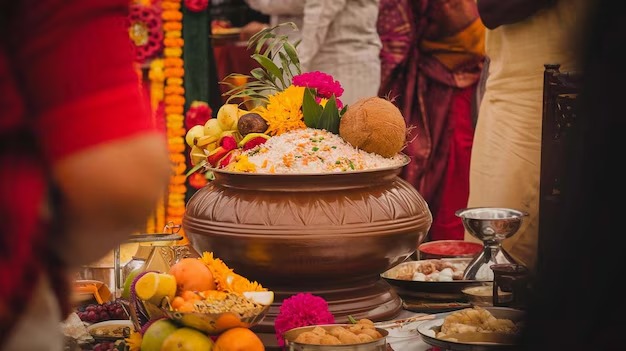

 By -
Admin
By -
Admin 11 comments
11 comments 0 views
0 views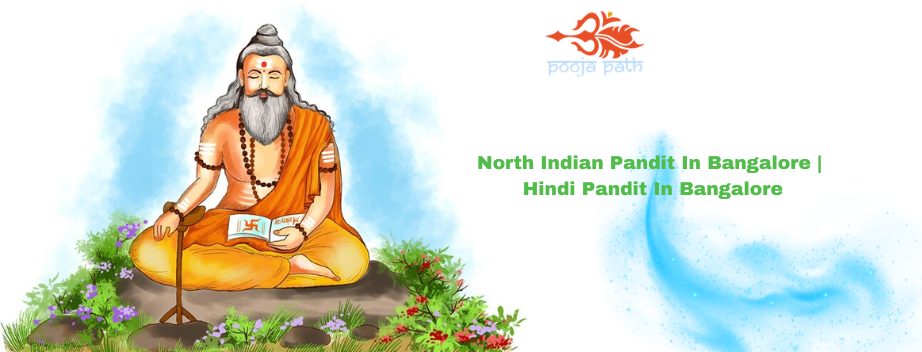


.png)
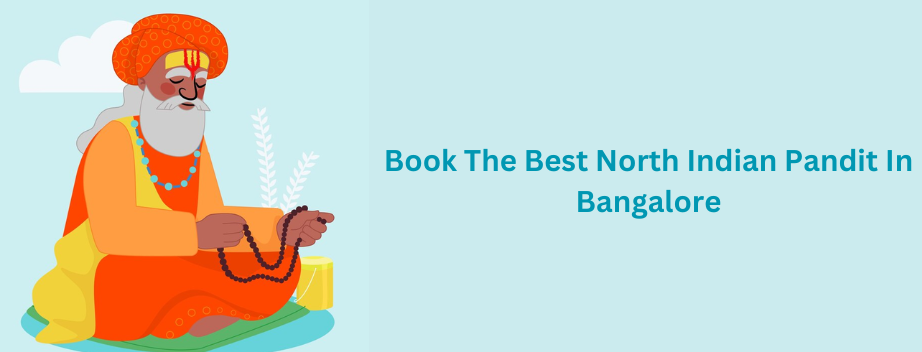


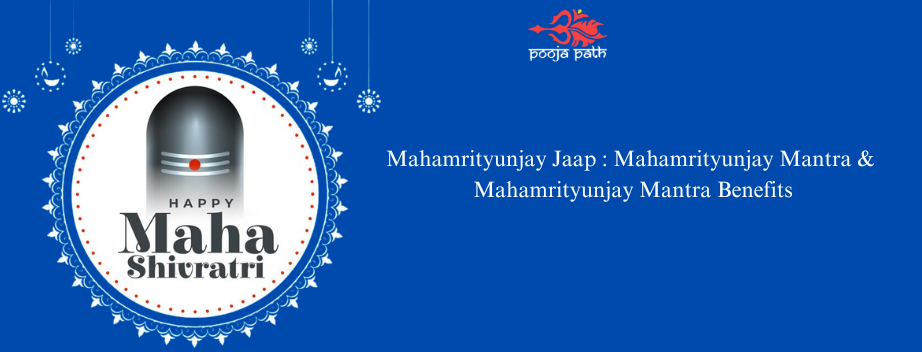

.png)
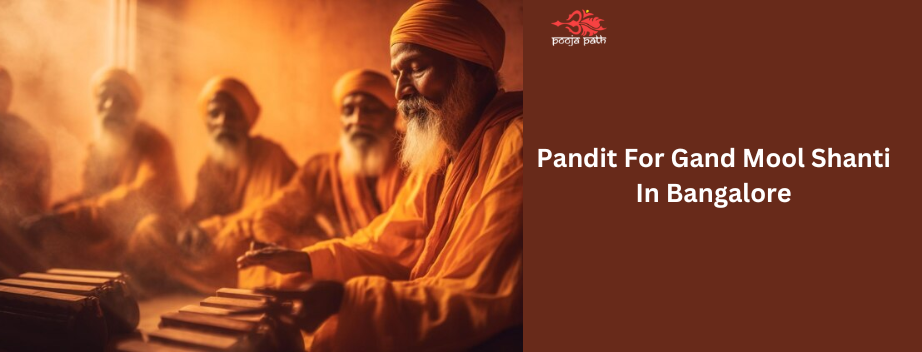



.jpg)
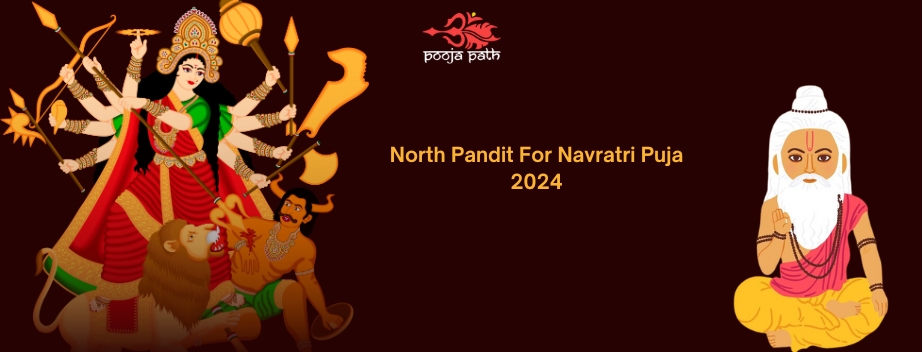
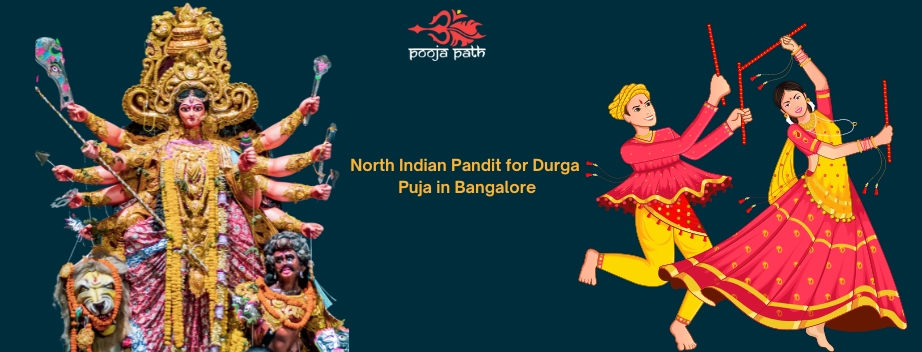

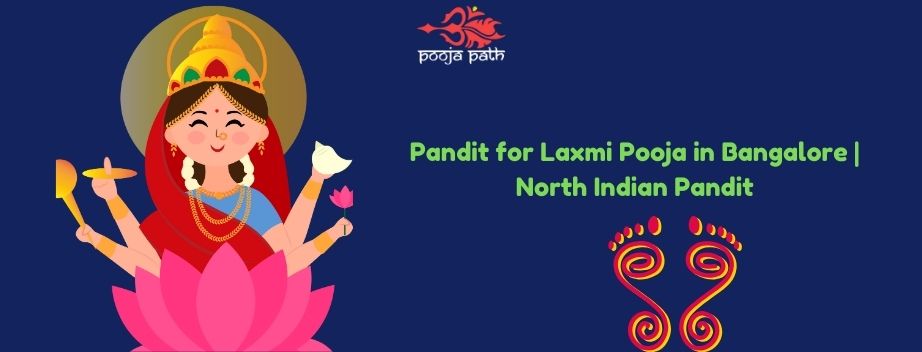

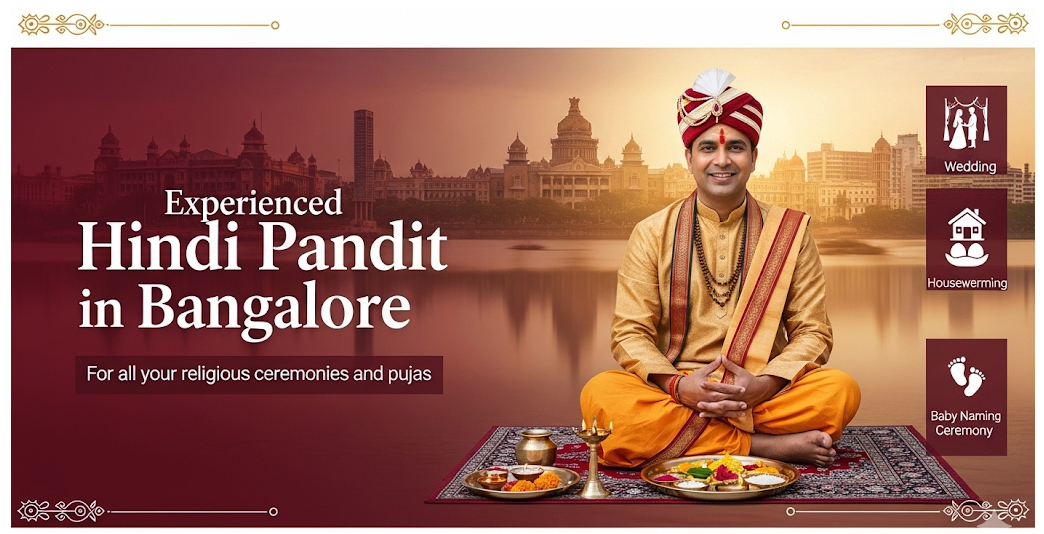



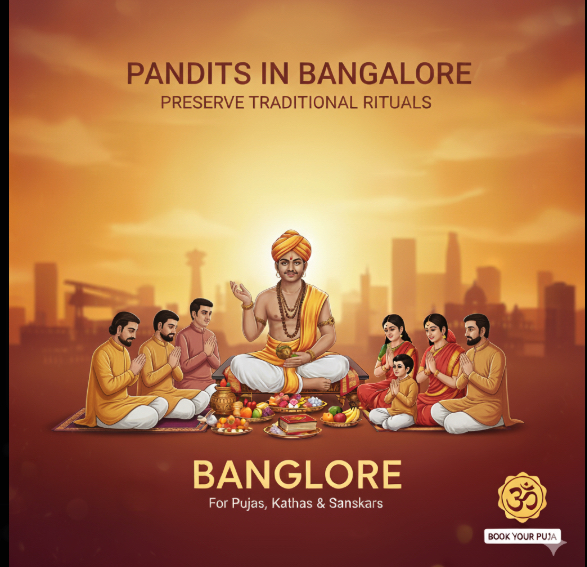
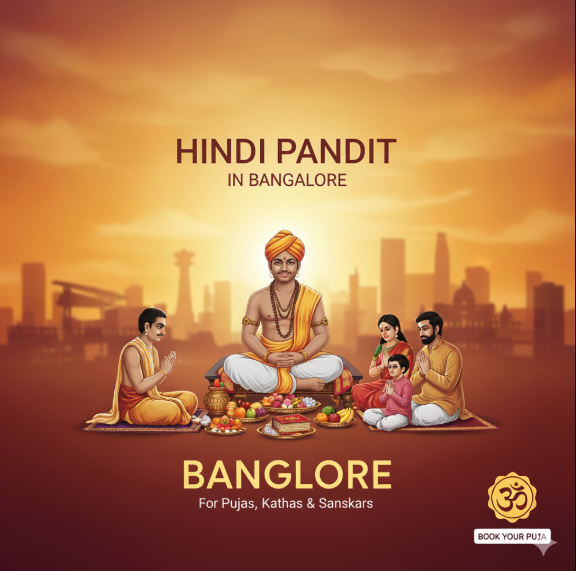

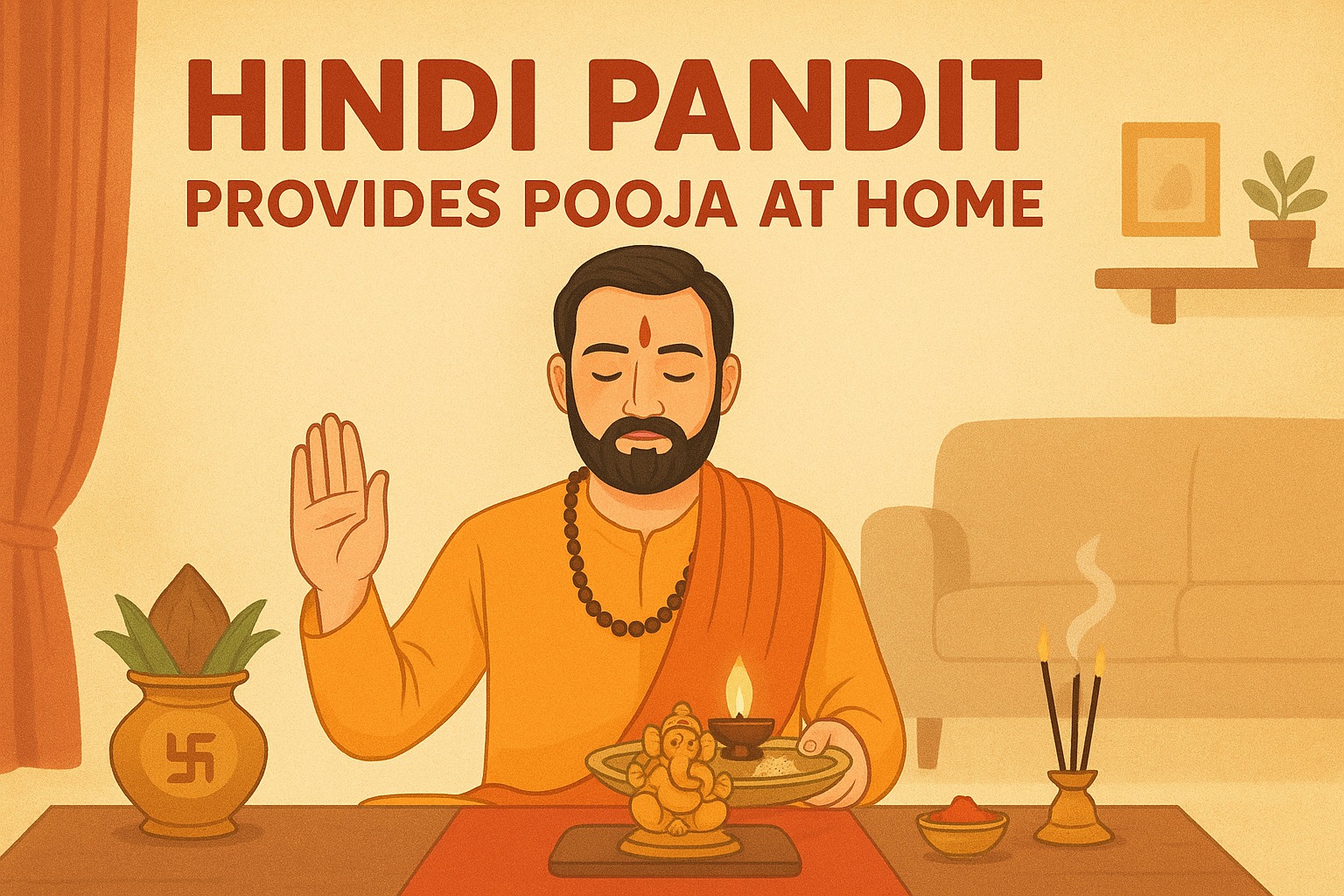
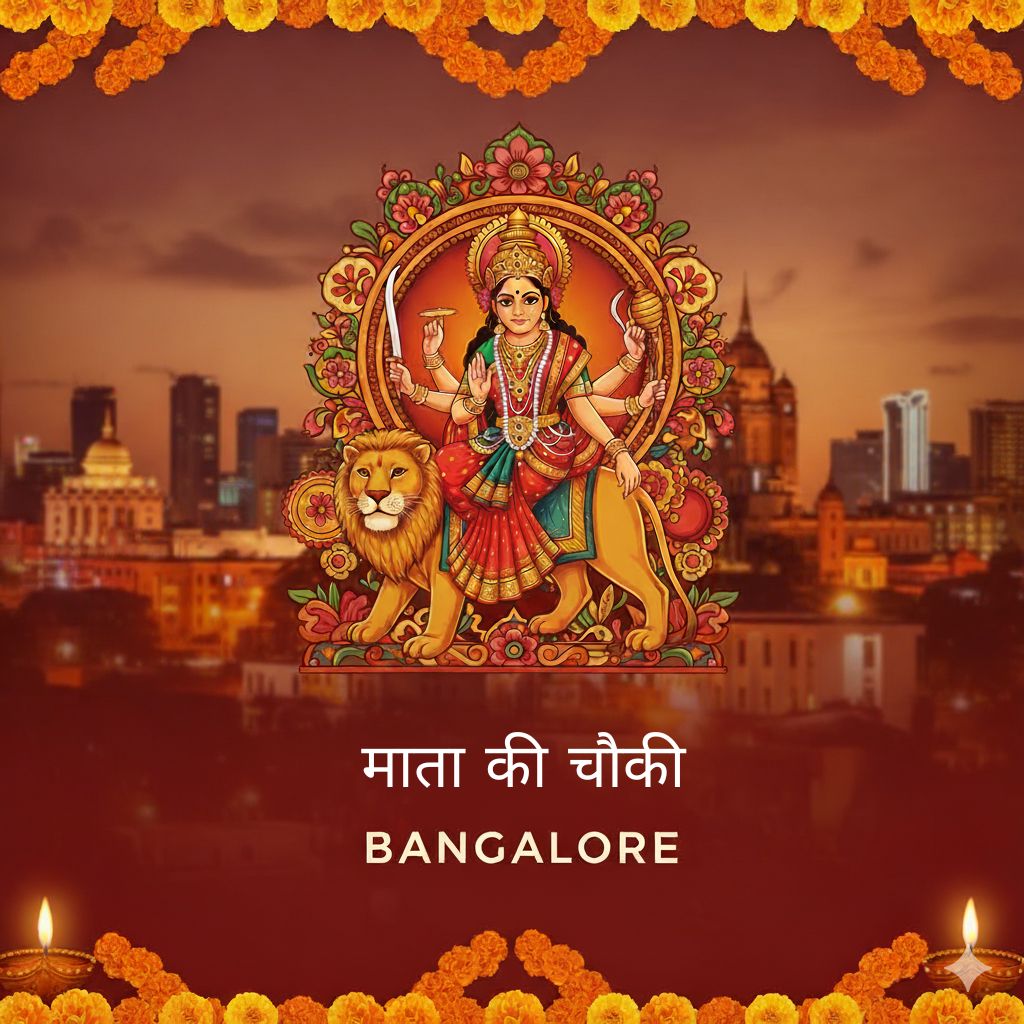
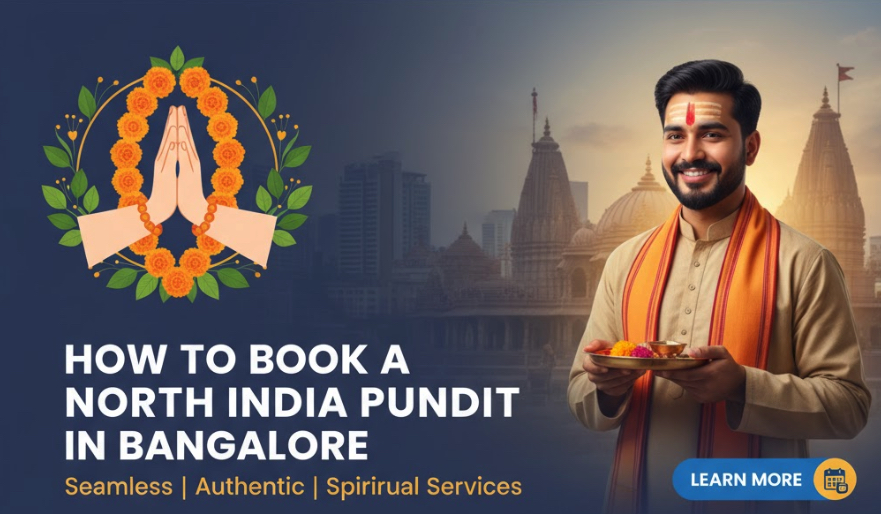


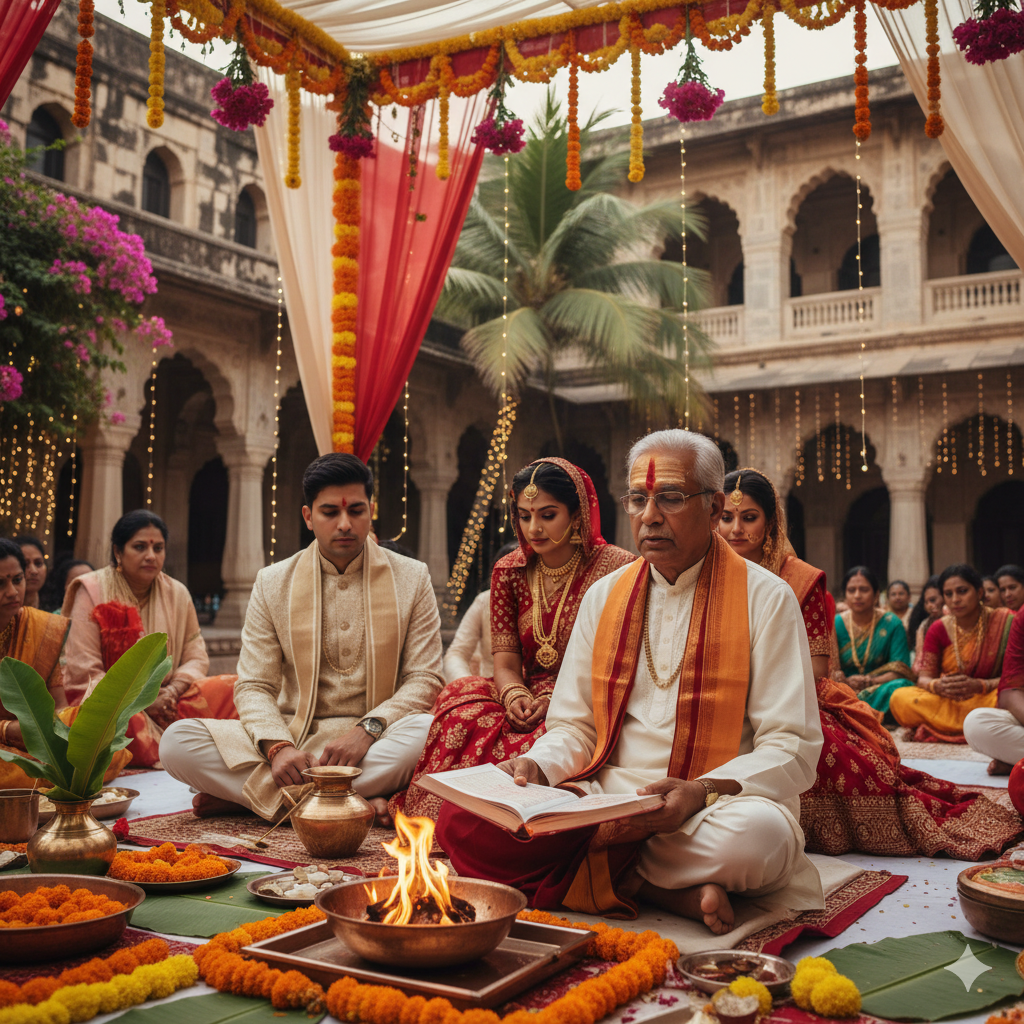


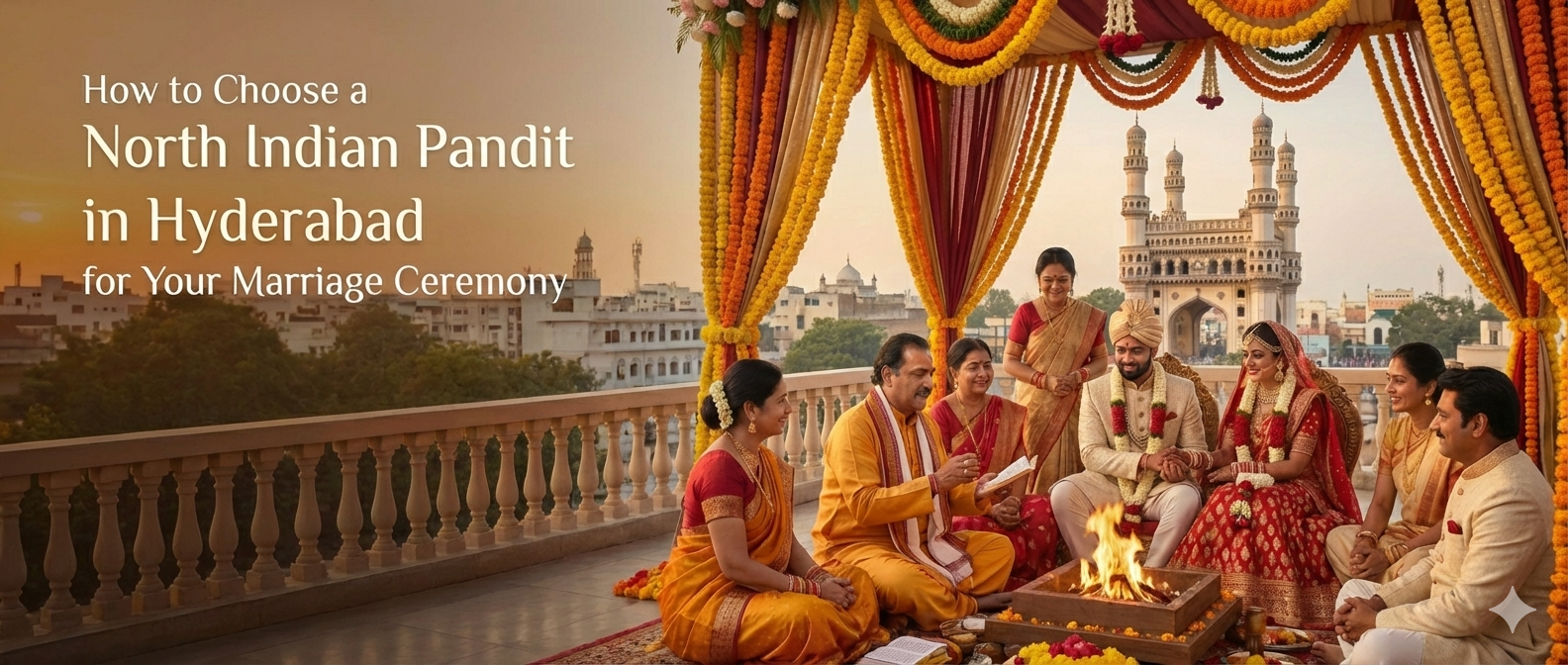
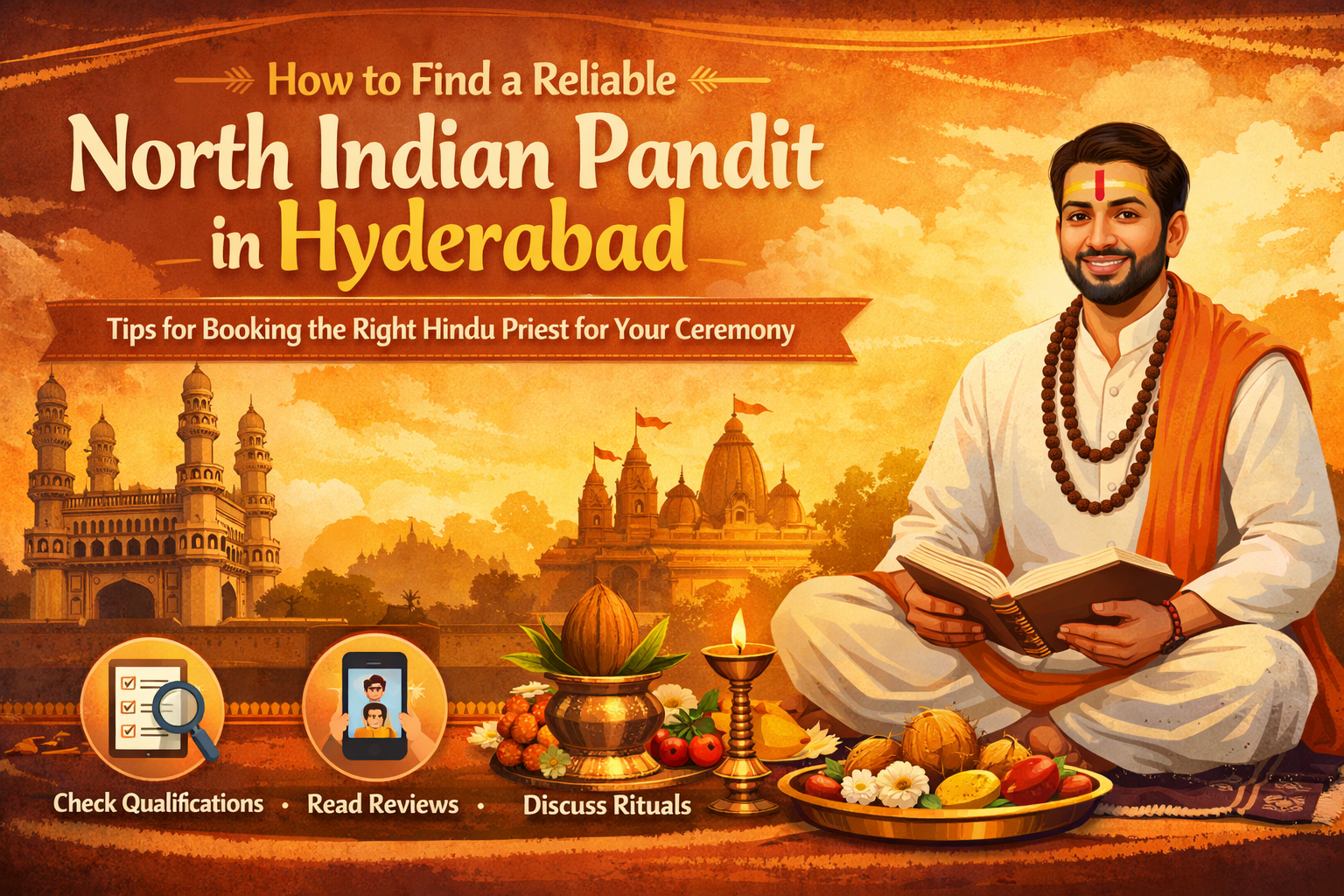



Leave a Comment